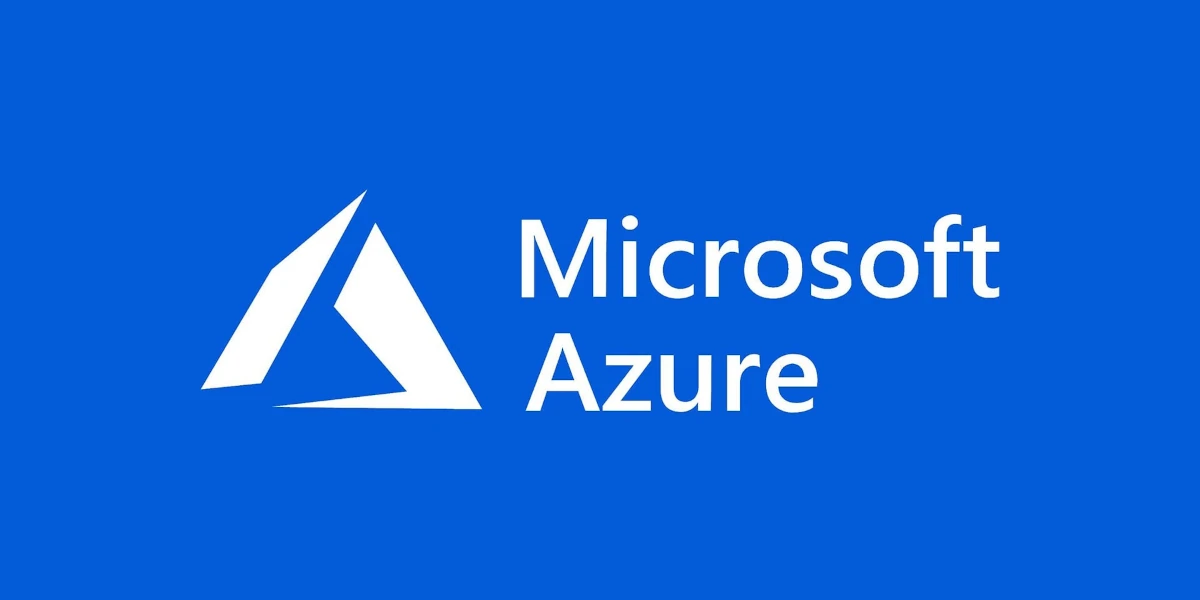
Microsoft Azure is a comprehensive cloud computing platform that provides a wide range of cloud services including those for computing, analytics, storage, and networking. Among these services, Azure also offers Virtual Private Servers (VPS) under its Virtual Machines (VM) product line. Here’s an overview of what you should know about Azure VPS:
Features
- Scalability: Azure VPS can easily be scaled vertically and horizontally according to your requirements. This ensures that your applications can handle increased loads without degradation in performance.
- Flexibility: Azure supports a wide range of operating systems, programming languages, frameworks, databases, and devices. You can set up a Windows or Linux VPS, and can run various types of software and services.
- Security: Azure comes with robust security features including network isolation, encryption, identity management, and threat detection. This ensures that your VPS is well-protected against unauthorized access and other cyber threats.
- Integrated Services: Azure provides a wide array of integrated services like Azure Active Directory, Azure DevOps, and Azure Kubernetes Service (AKS), allowing you to build, deploy, and manage applications more efficiently.
- Global Reach: With data centers across the world, Azure allows you to deploy your applications close to your customer base, improving latency and user experience.
- Managed Databases: Azure offers managed databases like Azure SQL Database, Azure Cosmos DB, and more. You can integrate these into your VPS environment for more robust, scalable solutions.
Pricing
Azure VPS pricing is based on a pay-as-you-go model. This means you are billed for the actual resources you use. You can also opt for reserved instances, where you commit to a specific period (like one or three years) in exchange for discounted rates.
How to Set Up
- Sign Up: You’ll first need an Azure account. If you don’t have one, Microsoft offers a free initial credit when you first sign up.
- Navigate to Azure Portal: Once you’ve signed up, go to the Azure Management Portal to create and manage your VPS.
- Create Virtual Machine: Go to the “Virtual Machines” section and click “Create.” Follow the prompts to select your desired operating system, VPS specifications, and any additional options.
- Configuration and Deployment: Configure networking, storage, and other settings as per your needs. Once everything is set, click “Create” to deploy your VPS.
- Access and Management: Once the VPS is up and running, you can connect to it via SSH (for Linux) or RDP (for Windows). You can also install software, run services, and perform other management tasks.
Azure VPS provides a powerful, scalable solution for running your applications in the cloud. Whether you’re a small business or a large enterprise, Azure has options to meet your needs.



